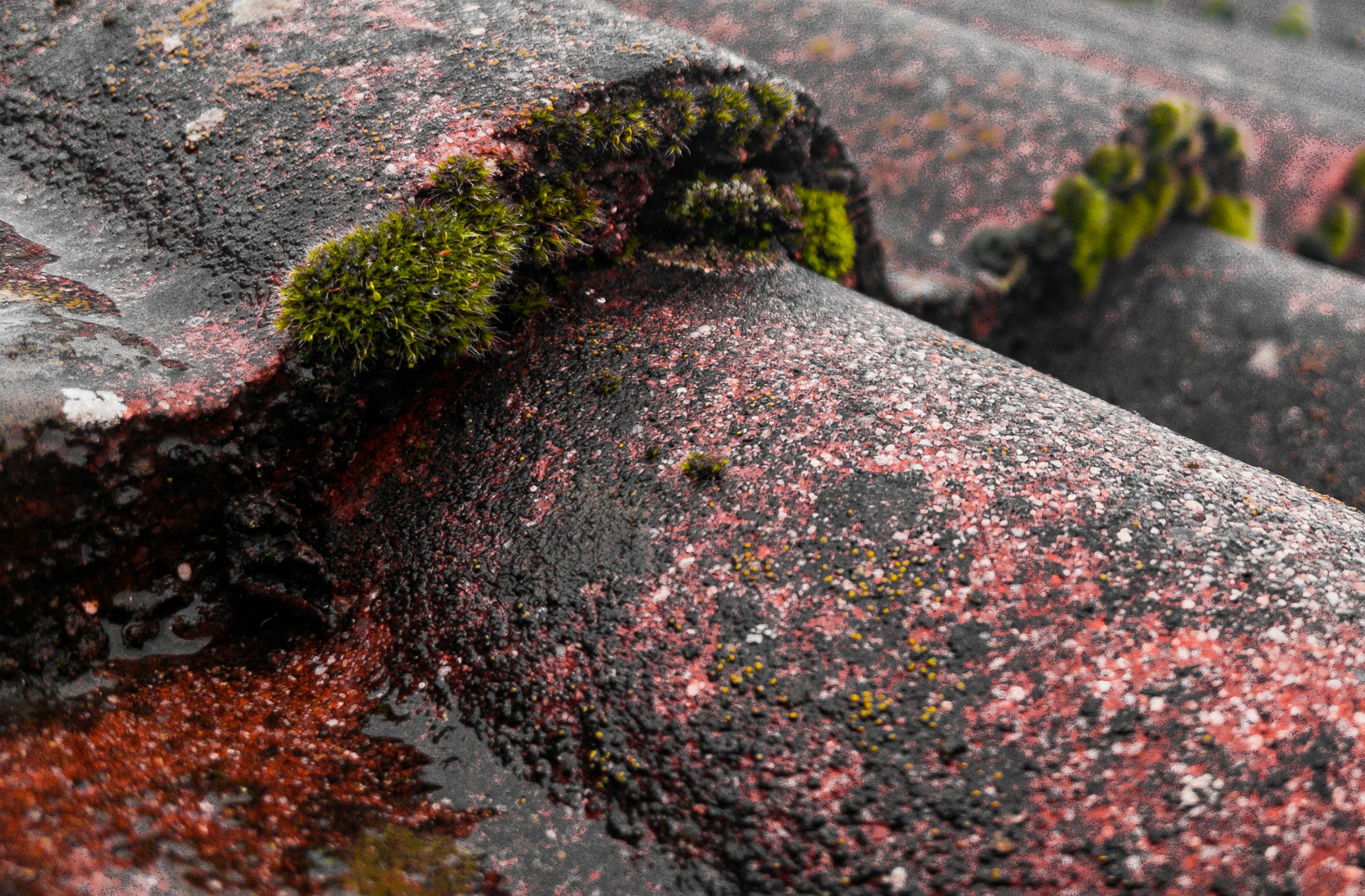Moss Treatment on Your Roof
Moss on a roof is more than just an unsightly blemish; it can cause significant damage if left untreated. Moss retains moisture, which can lead to the decay of roofing materials, potentially causing leaks and structural damage. Understanding how to effectively conduct moss treatment is crucial for homeowners looking to preserve the longevity and aesthetics of their roofs. This comprehensive guide will delve into the methods, benefits, and considerations of moss treatment, ensuring your roof remains moss-free and in optimal condition.
Introduction
Moss thrives in damp, shaded environments, making rooftops an ideal breeding ground, especially in regions with high humidity and frequent rainfall. The green, spongy growth might seem harmless at first glance, but as it spreads, it can lift and damage shingles, leading to significant repair costs. Moss treatment involves the removal and prevention of moss growth on your roof, protecting it from potential harm. In this blog post, we’ll explore various moss treatment methods, preventive measures, and the benefits of maintaining a moss-free roof.
Understanding Moss Growth on Roofs
Causes and Conditions Favouring Moss Growth
Moss tends to grow in environments that provide ample moisture and shade. Roofs that are frequently shaded by trees or other structures are particularly susceptible. Additionally, roofs in regions with high levels of precipitation and humidity are more likely to experience moss growth. Understanding these conditions is the first step in effective moss treatment.
Moss can start to grow on your roof if there’s a buildup of organic material, such as leaves and twigs, which provides a nutrient-rich environment. Once established, moss holds moisture against the roofing materials, accelerating wear and tear. Addressing these underlying causes is essential for effective moss treatment and long-term prevention.
Effects of Moss on Roofs
Moss might appear benign, but its effects on a roof can be severe. The presence of moss can lead to:
- Moisture Retention: Moss absorbs and retains water, which can lead to the decay of roofing materials, especially asphalt shingles.
- Shingle Damage: As moss grows, it can lift shingles, creating gaps that allow water to seep underneath, potentially causing leaks and water damage.
- Increased Maintenance Costs: The longer moss is allowed to grow, the more damage it can cause, leading to costly repairs or even a complete roof replacement.
Given these potential issues, timely moss treatment is crucial to maintain the integrity of your roof.
Preventive Measures for Moss Growth
Regular Roof Maintenance
Routine maintenance is key to preventing moss growth. Here are some maintenance tips to incorporate into your moss treatment strategy:
- Trim Overhanging Branches: Reducing shade by trimming branches that hang over your roof can decrease the likelihood of moss growth.
- Clean Gutters: Ensure gutters are clear of debris, as clogged gutters can lead to water accumulation and promote moss growth.
- Remove Debris: Regularly remove leaves, twigs, and other organic material from the roof to prevent moss from establishing.
Applying Moss Inhibitors
In addition to regular cleaning, applying moss inhibitors can provide ongoing protection. Products like moss-resistant sealants can be sprayed onto the roof, forming a protective barrier against moss growth. These inhibitors should be reapplied periodically according to the manufacturer’s recommendations to maintain their effectiveness.
Benefits of Professional Moss Treatment
Expertise and Safety
Professional moss treatment services offer several advantages over DIY methods. Experts have the knowledge and experience to safely and effectively remove moss without damaging your roof. They also have access to professional-grade treatments and equipment, which can be more effective than those available to consumers.
Long-Term Solutions
Professionals can provide long-term solutions by identifying and addressing the underlying causes of moss growth. They can offer advice on preventive measures and recommend the best products for your specific roofing material and environmental conditions.
Cost-Effective in the Long Run
While hiring a professional service might seem more expensive upfront, it can be more cost-effective in the long run. Proper moss treatment prevents significant damage to your roof, reducing the need for costly repairs or replacements.
Conclusion
Moss treatment is a critical aspect of roof maintenance that should not be overlooked. It’s essential to address moss growth promptly to protect your roof’s integrity and longevity. Preventive measures, such as regular maintenance and the application of moss inhibitors, can significantly reduce the likelihood of moss re-establishing itself.
Incorporating moss-resistant materials and considering professional moss treatment services can provide long-term solutions and peace of mind. By staying vigilant and proactive, you can ensure your roof remains moss-free and in excellent condition, preserving the value and beauty of your home.
In conclusion, moss treatment is an ongoing process that requires attention and care. Understanding the causes of moss growth, utilising effective treatment methods, and implementing preventive measures are key to maintaining a healthy roof. Addressing moss growth early and thoroughly will save you time, money, and stress in the long run. So, take the necessary steps today and enjoy a moss-free roof for years to come.

